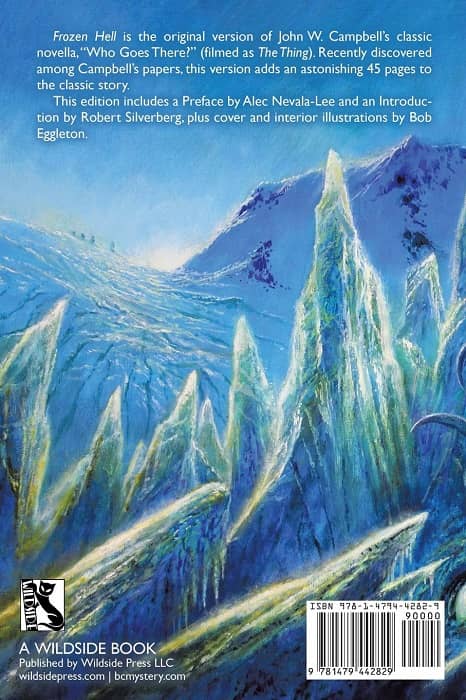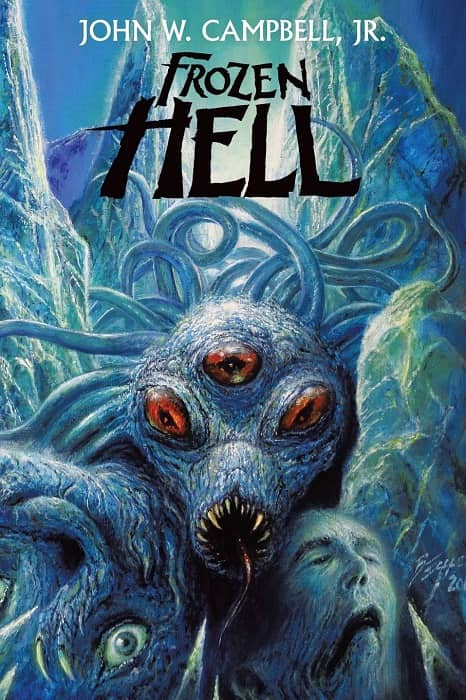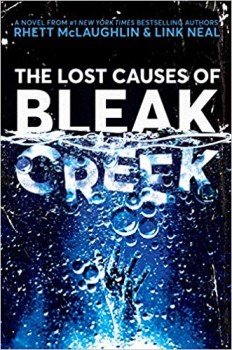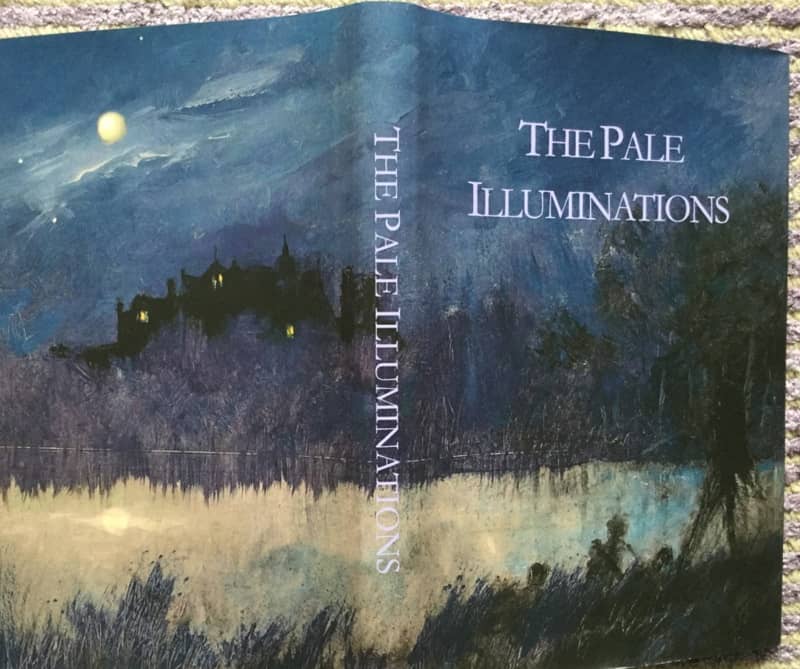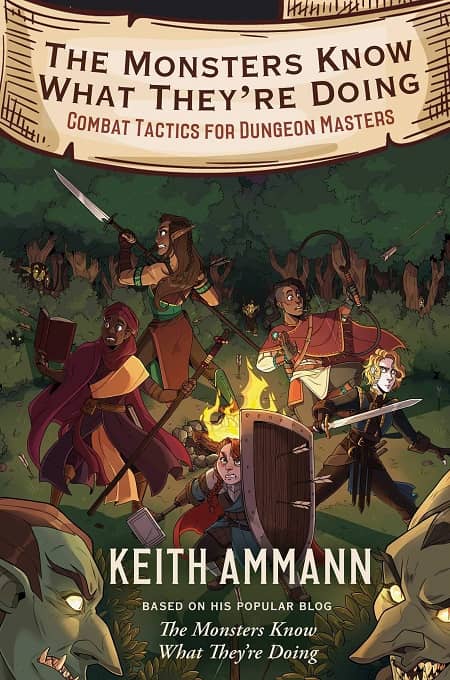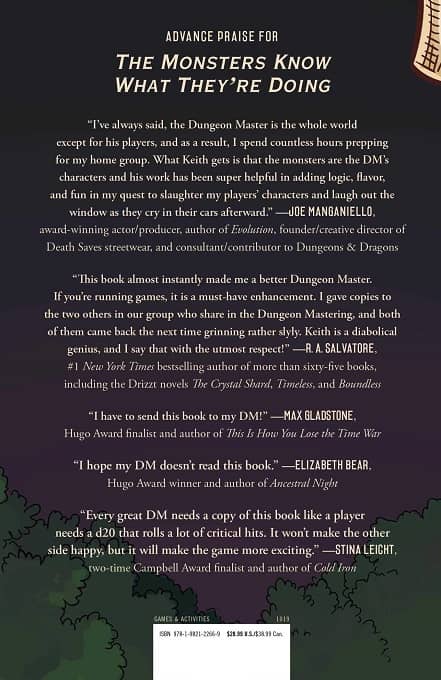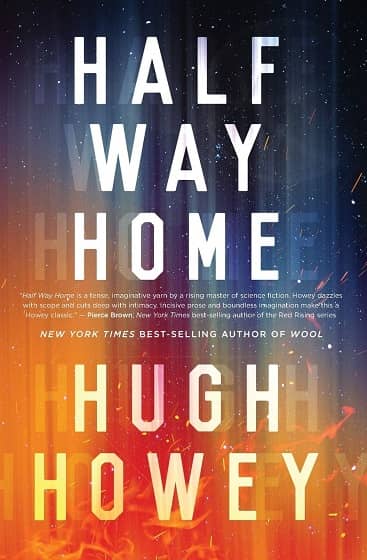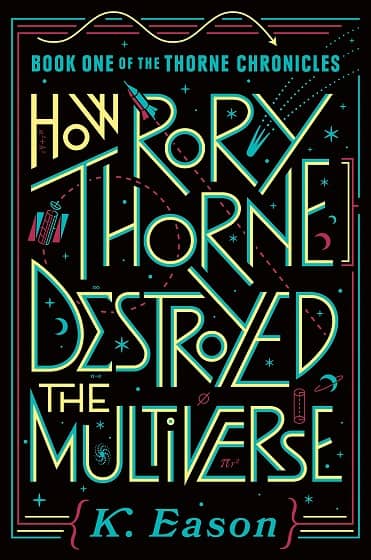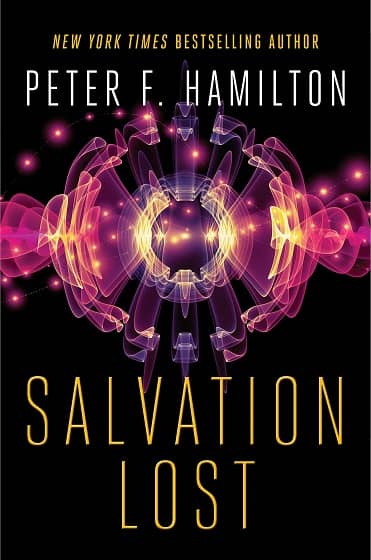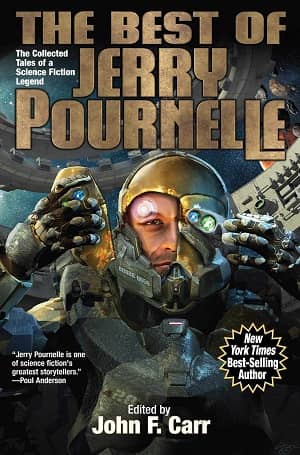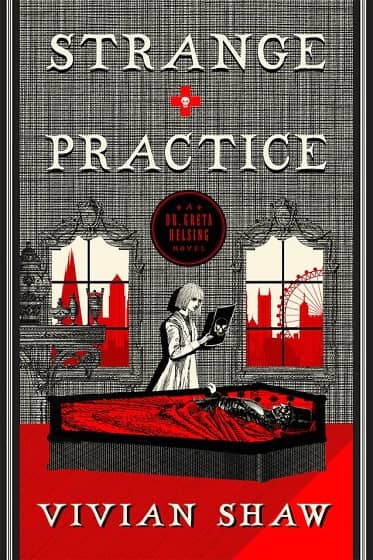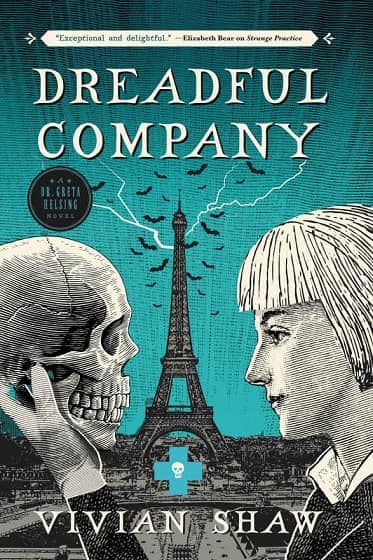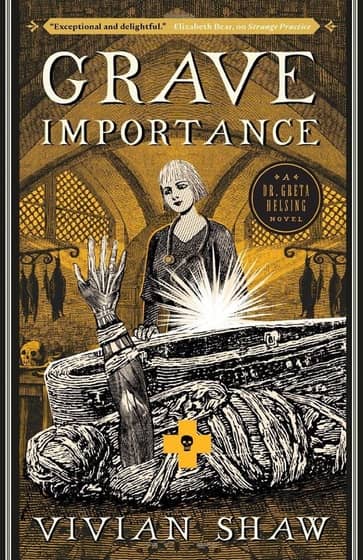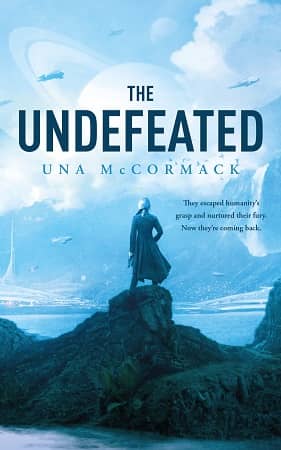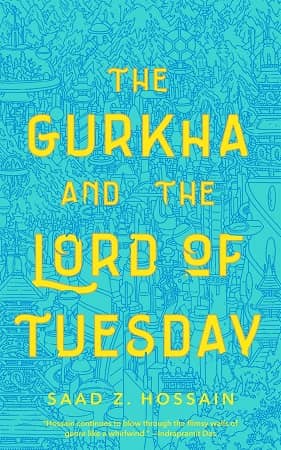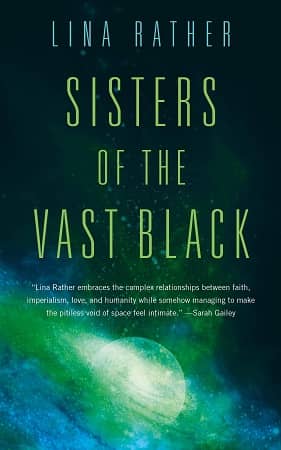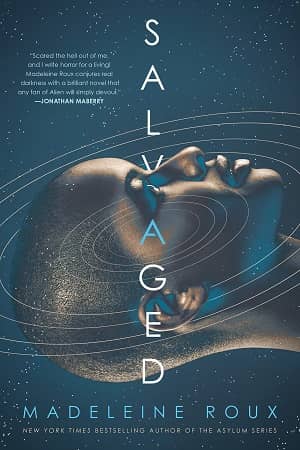Ancient Gods and Trees That House an Entire City: The Titan’s Forest Trilogy by Thoraiya Dyer
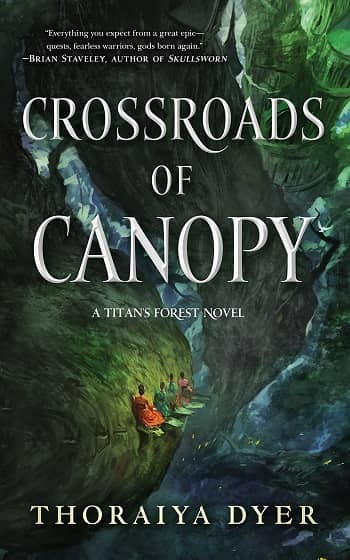 |
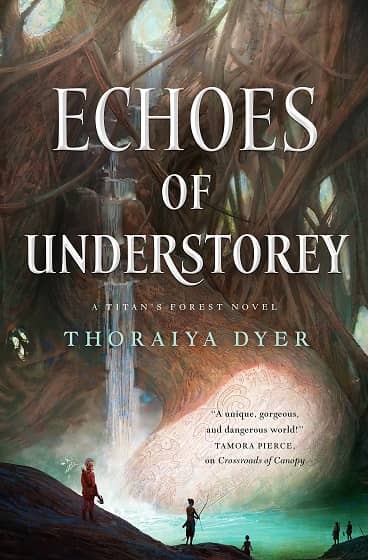 |
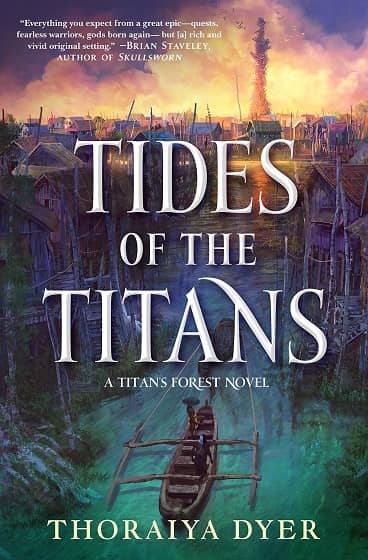 |
Cover art by Marc Simonetti
In her 2017 guest post at Tor.com ,”Walk Beneath the Canopy of These 8 Fictional Forests,” Thoraiya Dyer wrote:
Give me your Fangorns and your Lothloriens, your Green Hearts and your Elvandars. Evoke your Haunted Forest Beyond the Wall complete with creepy weirwoods, your Steddings and your Avendesoras. Send me pleasant dreams about Totoro’s Japanese Camphor and the Forest Spirit’s kodama-filled canopy. Or, y’know, tree cities full of Wookiees instead of elves. I will take them all!
Forests in speculative fiction novels have a special place in my heart. Especially tree-cities.
Now there’s a woman who talks my language. Tree cities! Haunted forests! Creepy weirwoods! Kodama-filled canopies!(Uh, what?) Whatever, just tell me Dyer has a more than casual interest in tree cities. Like a book trilogy or something?
Yeah, it’s a rhetorical question. I write a book blog; everybody I talk about has a book trilogy. Dyer’s is titled Titan’s Forest, in which trees loom large as skyscrapers, mortals can be reborn as gods, and a young man sets out on an epic woodland journey to unlock the great Forest’s hidden secrets. It opened with Crossroads of Canopy (Tor Books, 2017), her debut novel; Echoes of Understorey was published last year, and the third book Tides of the Titans arrived earlier this year.
